Analysis of Platen Superheater Tube Degradation in Thermal Power Plants via Destructive/Non-Destructive Characteristic Evaluation
Abstract
:1. Introduction
2. Supercritical Tubes in Standard Coal-Fired Power Plant Superheaters (PSH)
3. Experimental Method and Results
3.1. Tube Analysis along the Circumferential Direction
3.2. Ultrasonic Wave Velocity Measurement
3.3. Microstructural Analysis
3.4. Tensile Test
4. Conclusions
Author Contributions
Funding
Institutional Review Board Statement
Informed Consent Statement
Conflicts of Interest
References
- Park, H.J. History of Korea power plant. Plant J. 2017, 13, 2–24. [Google Scholar]
- Baek, S.H.; Jang, J.H.; Kim, Y.J. A Study on Repowering of 500MW Standard Coal-Fired Power Plant for Performance Improvement and Emission Reduction. J. Korean Soc. Combust. 2019, 24, 37–44. [Google Scholar] [CrossRef]
- Baek, S.H.; Kim, Y.J.; Jang, J.H. The feasibility study of hybrid power generation system, for efficient asset utilization and eco-friendly repowering of old domestic coal -fired power plant. In Proceedings of the 57th KOSCO Symposium, Jeju, Korea, 22–24 November 2018. [Google Scholar]
- Baek, S.H.; Kim, Y.J.; Kim, H.H.; Park, S.B.; Jang, J.H. A study on repowering of domestic aged coal-fired power plant. KEPCO J. Elect. Power Energy 2017, 3, 35–39. [Google Scholar]
- Chang, S.H.; Kim, B.S.; Min, T.K. Development of Ultra-Supercritical (USC) Power Plant. KSME-B 2010, 36, 205–210. [Google Scholar] [CrossRef]
- Korea Institute of Power Human Resource Development. Thermal Power Generation Service, 1st ed.; Korea Institute of Power Human Resource Development: Daejeon, Korea, 2016; pp. 63–67. [Google Scholar]
- Choi, W.S.; Song, G.W.; Kim, B.S.; Hyun, J.S.; Heo, J.S. Development and Application of Life-Assessment Guidelines for Fossil-Fuel Power Plant Facilities in Korea. Trans. Korean Soc. Mech. Eng. A 2010, 34, 1265–1272. [Google Scholar] [CrossRef] [Green Version]
- Song, B.H. 500-MW standard coal-fired power retrofit demonstration project. KSME 2015, 55, 41–44. [Google Scholar]
- Walser, B. The Metallurgical and Mechanical Properties of X20CrMoV 12 1 after Service Exposure in a Fossil Fired Boiler; Sulzer Report 222/1511; Sulzer Brothers: Winterthur, Switzerland, 1977. [Google Scholar]
- Cheruvu, N.S. Degradation of mechanical properties of Cr-Mo-V and 2.25Cr-1Mo steel components after long-term service at elevated temperature. Met. Mater. Trans. A 1989, 20, 87–97. [Google Scholar] [CrossRef]
- Qu, Z.; Kuo, K.H. Embrittlement of 21/4 CrMoV steel bolts after long exposure at 540 °C. Met. Mater. Trans. A 1981, 12, 1333–1337. [Google Scholar] [CrossRef]
- Murza, J.C.; McMahon, C.J. The Effects of Composition and Microstructure on Temper Embrittlement in 2 1/4 Cr-1 Mo Steel. J. Eng. Mater. Technol. 1980, 102, 369–375. [Google Scholar] [CrossRef]
- Gope, N.; Chatterjee, A.; Mukherjee, T.; Sarma, D.S. Influence of long-term aging and superimposed creep stress on the microstructure of 2.25Cr-1Mo steel. Metall. Trans. 1993, 24, 315–326. [Google Scholar] [CrossRef]
- Gandy, D. X20 CrMoV12-1 Steel Handbook; EPRI: Palo Alto, CA, USA, 2006; Volume 1012740, pp. 21–58. [Google Scholar]
- Kim, C.; Park, I.-K.; Jhang, K.-Y. Nonlinear ultrasonic characterization of thermal degradation in ferritic 2.25Cr–1Mo steel. NDT E Int. 2009, 42, 204–209. [Google Scholar] [CrossRef]
- Ren, G.; Kim, J.; Jang, K.Y. Relationship between second-and third-order acoustic nonlinear parameters in relative measurement. Ultrasonics 2015, 56, 539–544. [Google Scholar] [CrossRef]
- Kim, H.-H.; Kang, T.; Seo, M.-K.; Song, S.-J.; Kim, H.-J.; Kim, K.-C.; Kim, Y.-B. Degradation Assessment of Aluminum Alloy 6061-T6 Using Ultrasonic Attenuation Measurements. J. Korean Soc. Nondestruct. Test. 2013, 33, 20–25. [Google Scholar] [CrossRef]
- Kim, C.; Kim, Y.H.; Kim, I.H. Ultrasonic Linear and Nonlinear Parameters in Cyclically Deformed Cu and Cu-35Zn Alloy. Key Eng. Mater. 2005, 297, 2134. [Google Scholar] [CrossRef]
- Nam, K.-W.; Park, S.-S.; Ahn, S.-H.; Do, J.-Y.; Park, I.-D. Fatigue behavior of STS316L weldments and degradation characteristic evaluation by ultrasonic test. J. Korean Soc. Nondestruct. Test. 2003, 23, 156–164. [Google Scholar]
- Ploix, M.; Guy, P.; Chassignole, B.; Moysan, J.; Corneloup, G.; Guerjouma, R.E. Measurement of ultrasonic scattering attenuation in austenitic stainless steel welds: Realistic input data for NDT numerical modeling. Ultrasonics 2014, 54, 1729–1736. [Google Scholar] [CrossRef] [PubMed]
- Aghaie-Khafri, M.; Honarvar, F.; Zanganeh, S. Characterization of Grain Size and Yield Strength in AISI 301 Stainless Steel Using Ultrasonic Attenuation Measurements. J. Nondestruct. Eval. 2012, 31, 191–196. [Google Scholar] [CrossRef]
- Zeng, F.; Agnew, S.R.; Raeisinia, B.; Myneni, G.R. Ultrasonic Attenuation Due to Grain Boundary Scattering in Pure Niobium. J. Nondestruct. Eval. 2010, 29, 93–103. [Google Scholar] [CrossRef]
- Ohtania, T.; Ogib, H.; Minamib, Y.; Hiraob, M. Ultrasonic attenuation monitoring of fatigue damage in low carbon steels with electromagnetic acoustic resonance (EMAR). J. Alloys Compd. 2000, 310, 440–444. [Google Scholar] [CrossRef]
- Park, H.S.; Kim, H.I.; Huh, Y.; Kim, M.Y.; Park, S.Y.; Koo, J.M.; Seok, C.S. A Study on the Degradation of the Superalloy Inconel 718 Using Ultrasonic Technique. Eng. Plast. Its Appl. 2007, 33, 523–526. [Google Scholar] [CrossRef]
- Dobrzanski, J. The Classification Method and the Technical Condition Evaluation of the Critical Elements’ Material of Power Boilers in Creep Service Made from the 12Cr-1Mo-V. In Proceedings of the Worldwide Congress on Materials and Manufacturing Engineering and Technology, Gliwice Wisla, Poland, 16–19 May 2005. [Google Scholar]
- Kim, J.-Y.; Jacobs, L.; Qu, J.; Littles, J.W. Experimental characterization of fatigue damage in a nickel-base superalloy using nonlinear ultrasonic waves. J. Acoust. Soc. Am. 2006, 120, 1266–1273. [Google Scholar] [CrossRef]
- Schäfer, L. Influence of delta ferrite and dendritic carbides on the impact and tensile properties of a martensitic chromium steel. J. Nucl. Mater. 1998, 258, 1336–1339. [Google Scholar] [CrossRef]
- Truell, R.; Elbaum, C.; Chick, B.B. Ultrasonic Methods in Solid State Physics; Academic Press: New York, NY, USA, 1969; pp. 159–179. [Google Scholar]
- Kim, C.S.; Kwun, S.I. Influence of Precipitate and Martensite Lath on the Magnetic Properties in Creep Damaged 11Cr-3.45W Steel. Mater. Trans. 2007, 48, 3028–3030. [Google Scholar] [CrossRef]
- Mitra, A.; Mohapatra, J.; Swaminathan, J.; Ghosh, M.; Panda, A.; Ghosh, R. Magnetic evaluation of creep in modified 9Cr–1Mo steel. Scr. Mater. 2007, 57, 813–816. [Google Scholar] [CrossRef]
- Kim, S.; Byeon, J.W.; Park, I.K. Microstructural characterization for structural health monitoring of heat-resisting rotor steels. J. Korean Soc. Nondestruct. Test. 2008, 28, 177–183. [Google Scholar]
- Kalwa, G. State of the development and application techniques of the steel X20CrMoV12.1. Nucl. Eng. Des. 1985, 84, 87–95. [Google Scholar] [CrossRef]
- Jesper, H. Arguments for the material choice of X20CrMoV12 1 to be used for the high temperature pipework of THTR 300 as seen from an operators viewpoint. Nucl. Eng. Des. 1985, 87, 399–405. [Google Scholar] [CrossRef]

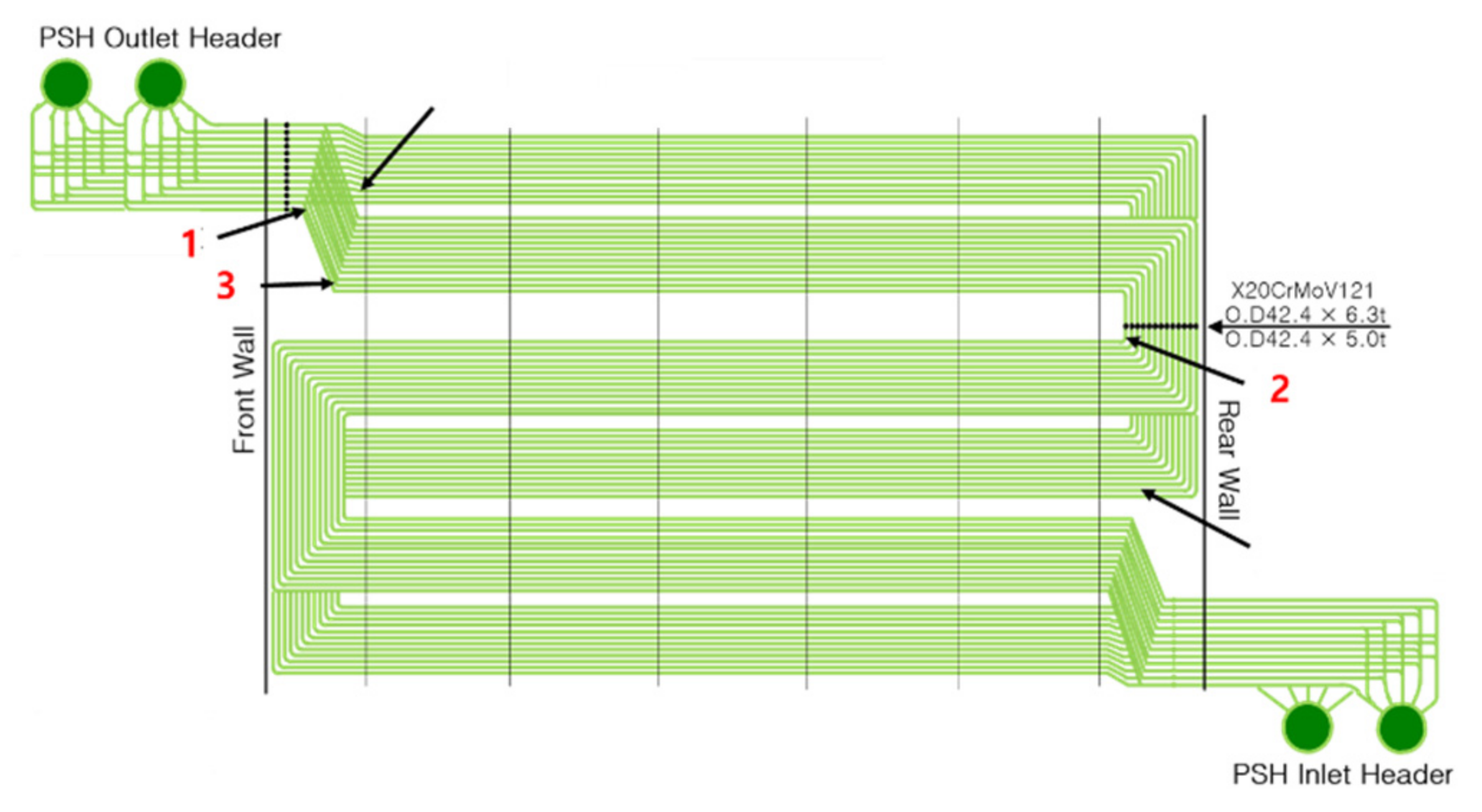
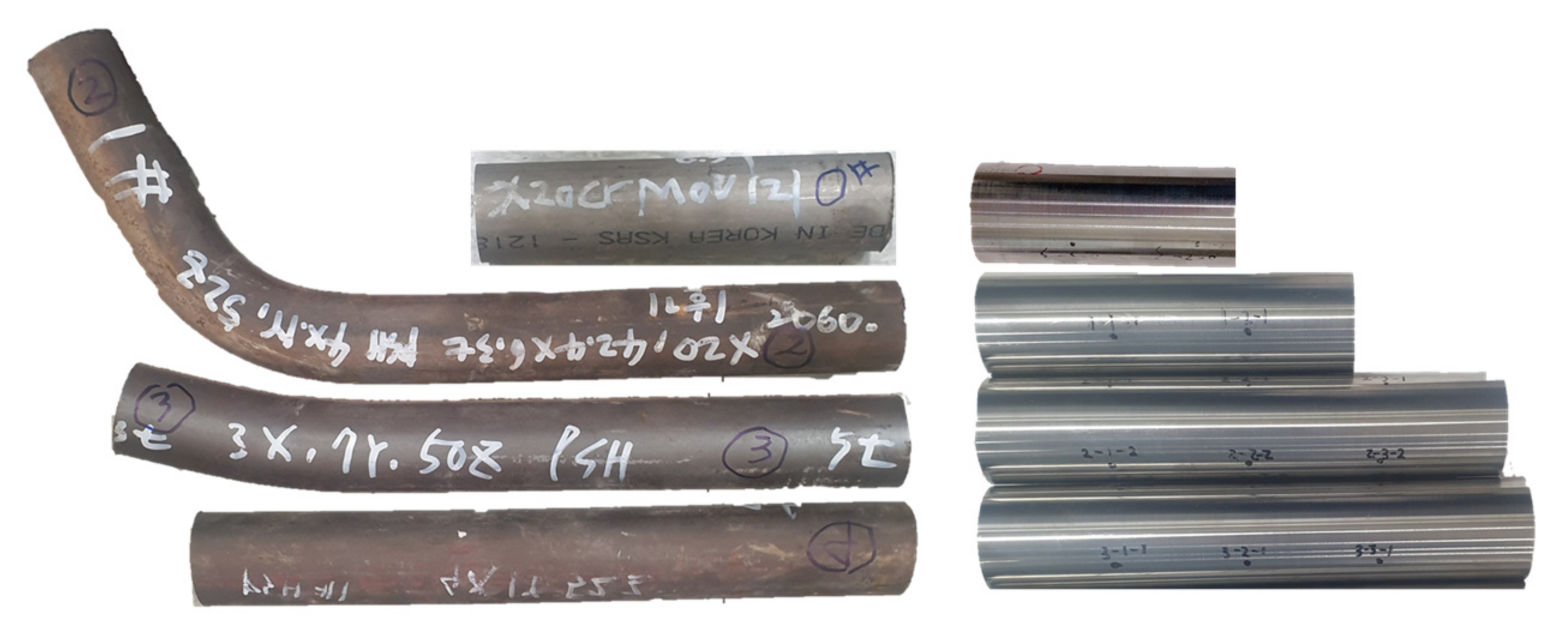

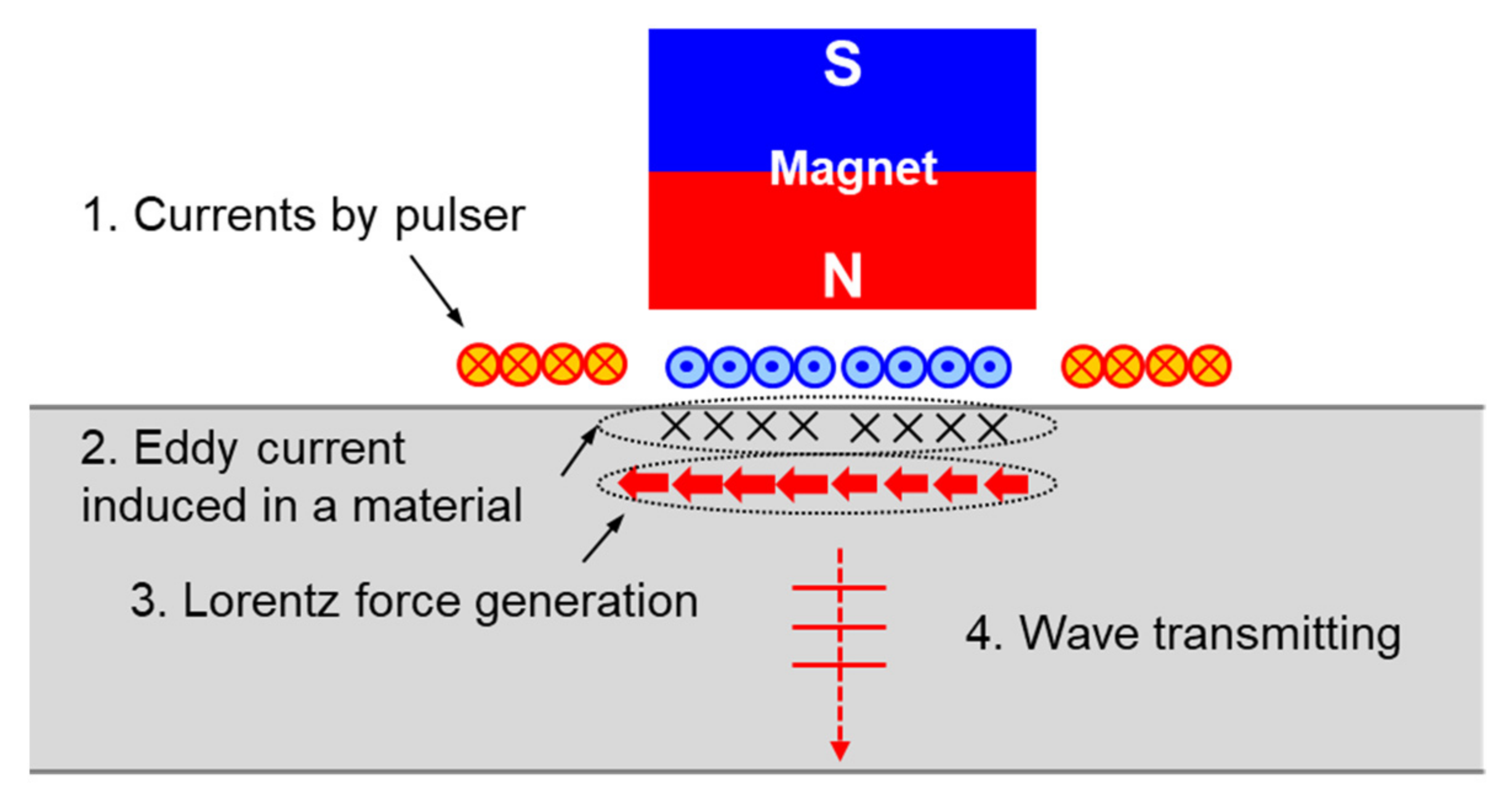

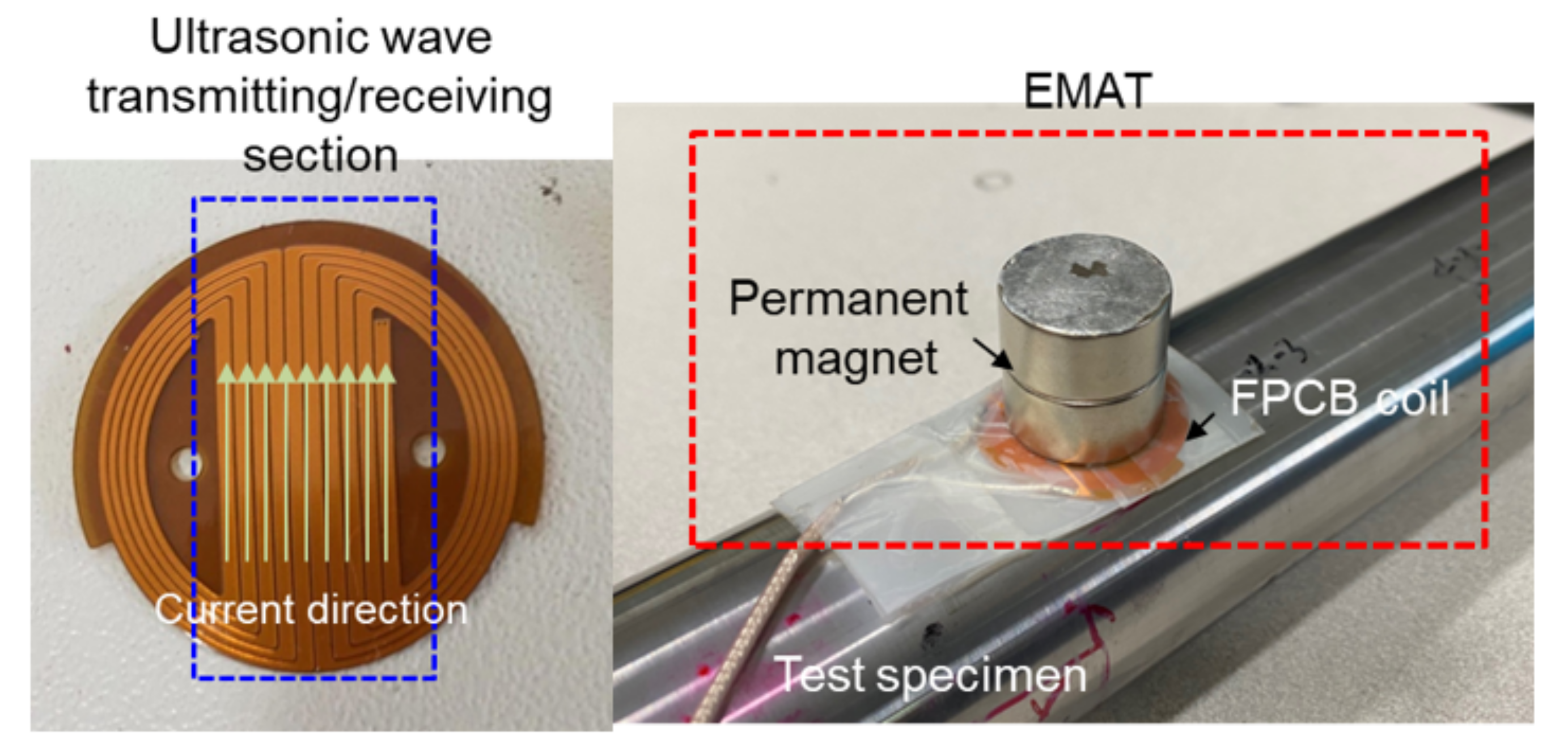

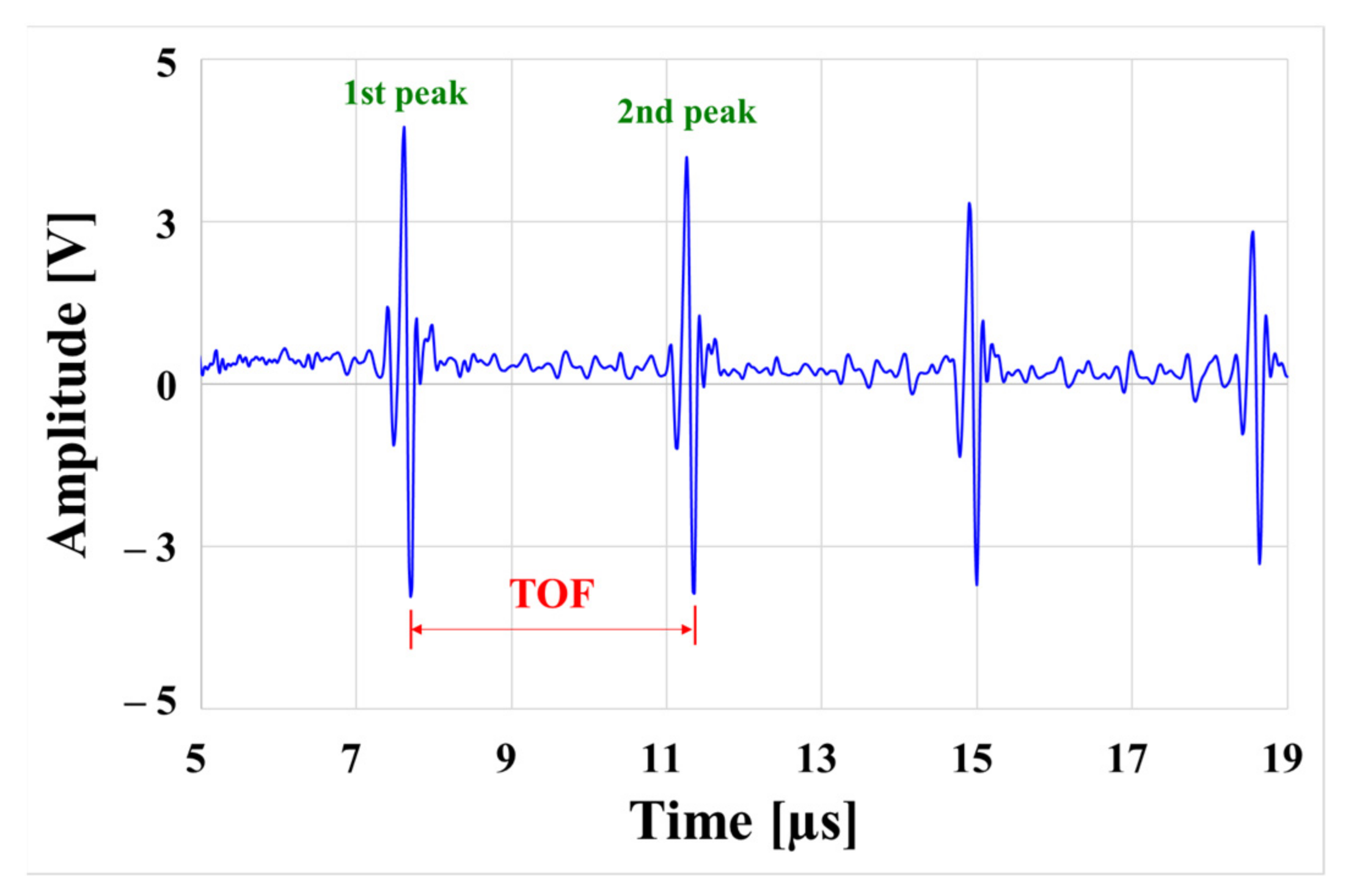
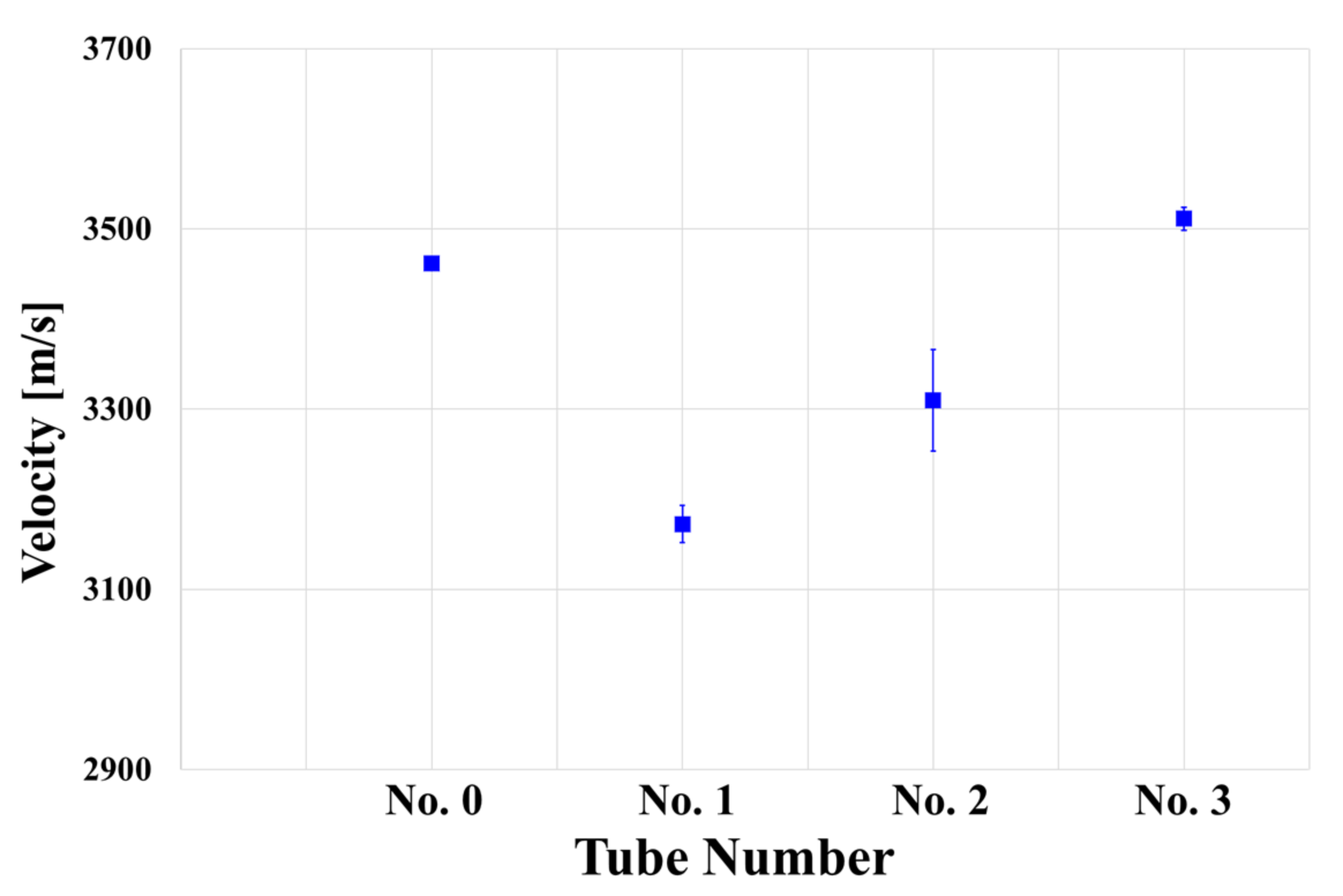


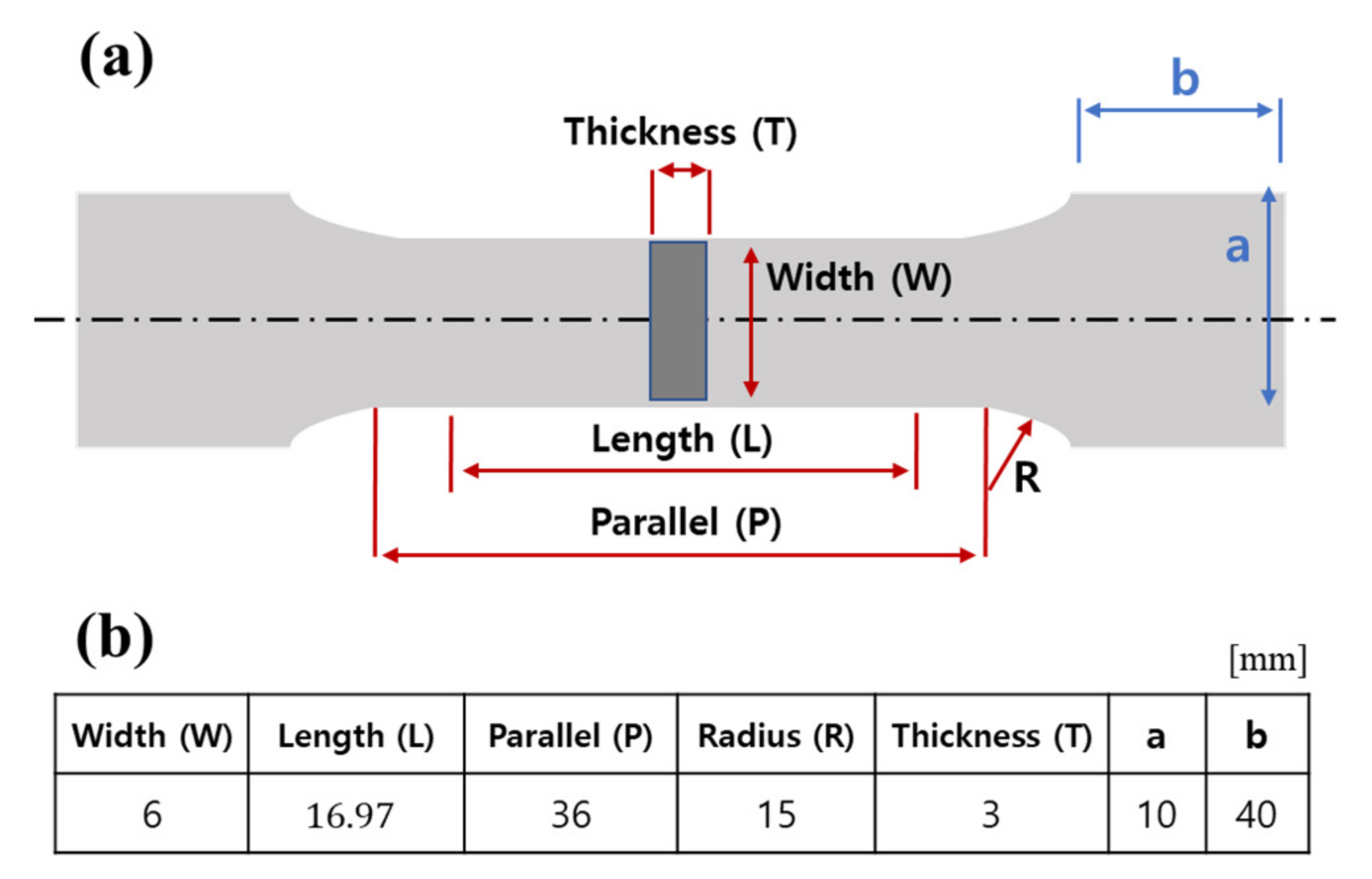
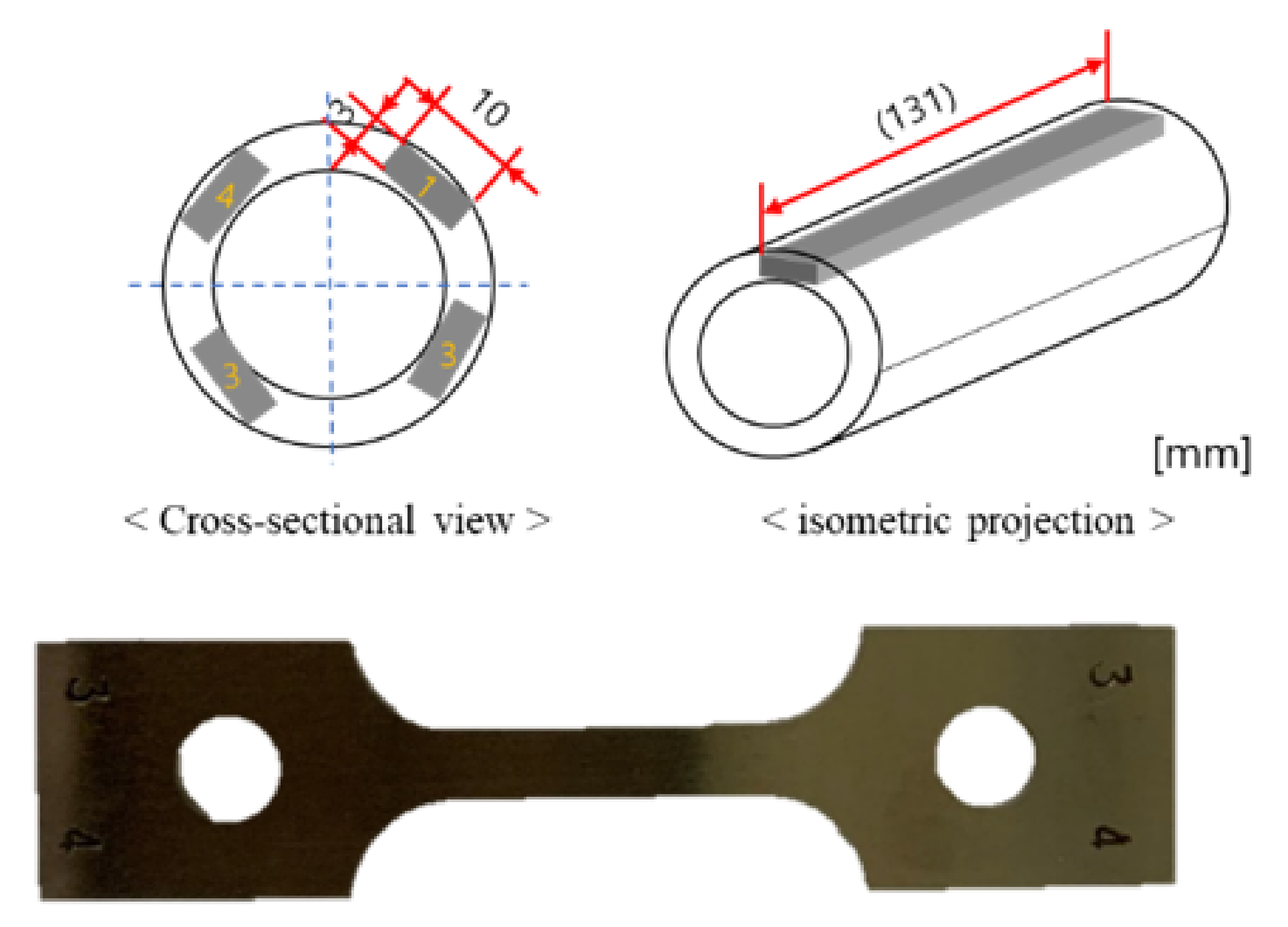
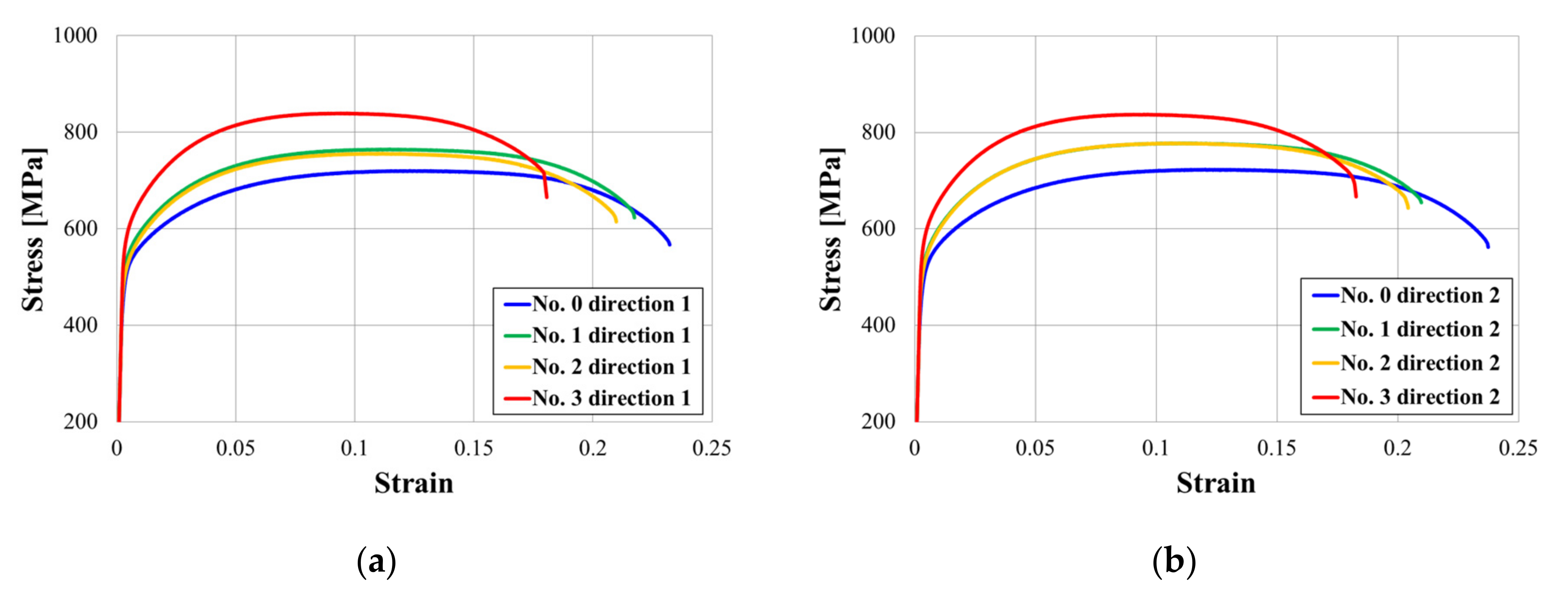
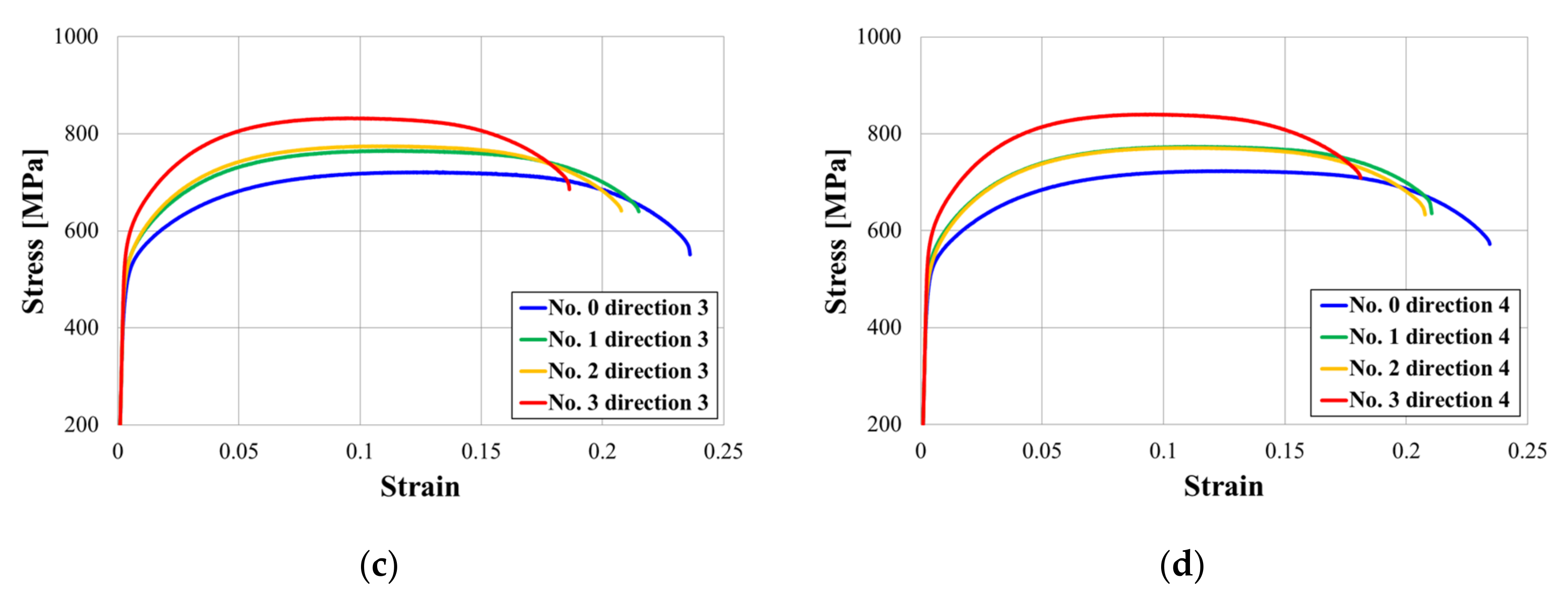
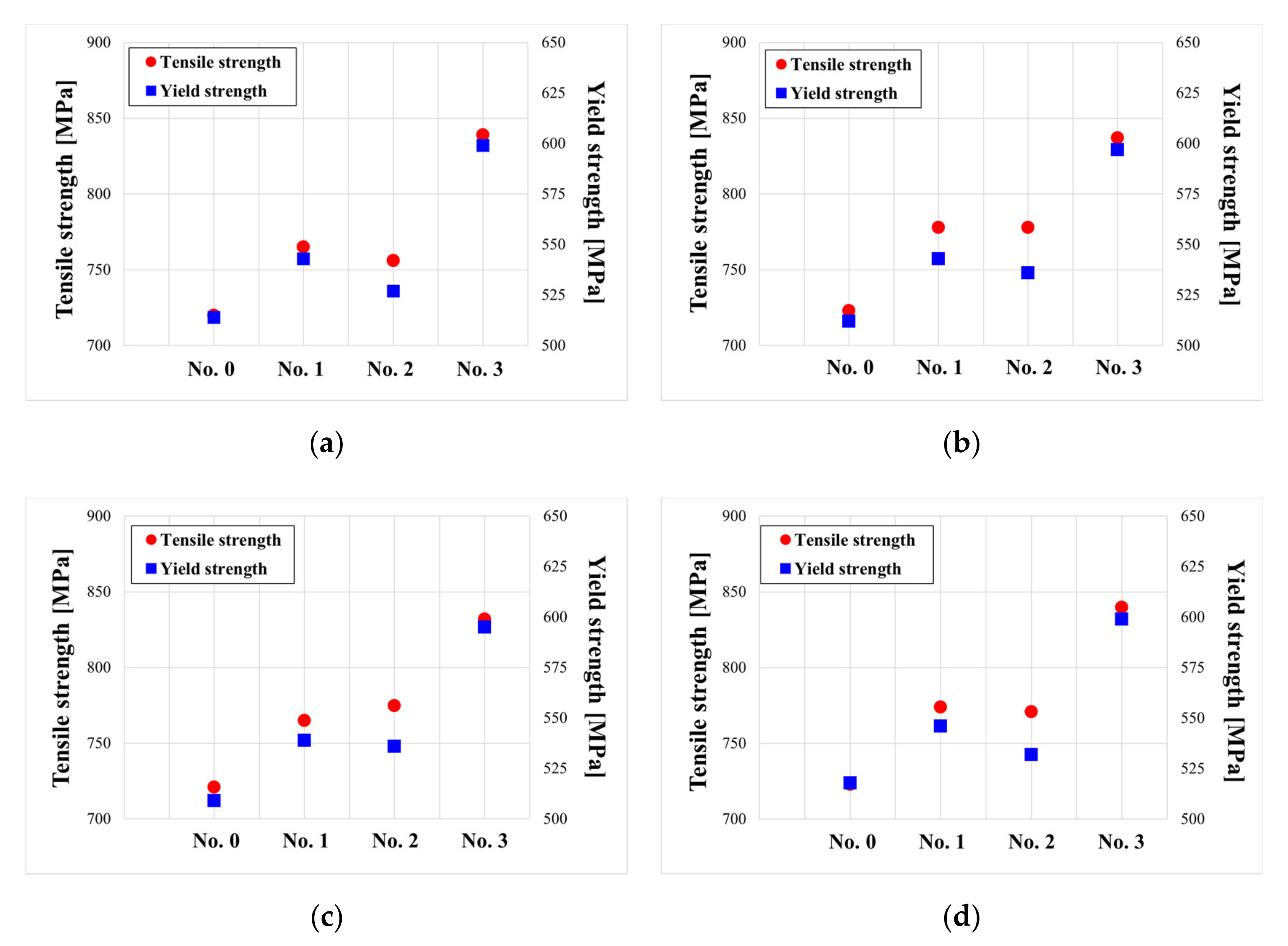
| C | Si | Mn | P | S | Ni | Cr | Mo | V | |
|---|---|---|---|---|---|---|---|---|---|
| X20 CrMoV12.1 | 0.17~0.23 | Max 0.50 | 0.40~0.70 | Max 0.030 | Max 0.030 | 0.30~0.80 | 10.00~12.5 | 0.80~1.25 | 0.25~0.35 |
| P91 | 0.08~0.12 | 0.2~0.5 | 0.3~0.6 | Max 0.02 | Max 0.01 | Max 0.4 | 8.0~9.5 | 0.85~1.05 | 0.18~0.25 |
| Specimen Number | 1 | 2 | 3 | |
|---|---|---|---|---|
| Temperature [°C] | Max. | 545.14 | 544.38 | 528.31 |
| Avg. | 489.60 | 492.83 | 481.77 |
Publisher’s Note: MDPI stays neutral with regard to jurisdictional claims in published maps and institutional affiliations. |
© 2022 by the authors. Licensee MDPI, Basel, Switzerland. This article is an open access article distributed under the terms and conditions of the Creative Commons Attribution (CC BY) license (https://creativecommons.org/licenses/by/4.0/).
Share and Cite
Oh, S.-B.; Kim, J.; Han, S.-W.; Kim, K.-M.; Yun, D.-S.; Kim, D.-W. Analysis of Platen Superheater Tube Degradation in Thermal Power Plants via Destructive/Non-Destructive Characteristic Evaluation. Materials 2022, 15, 581. https://doi.org/10.3390/ma15020581
Oh S-B, Kim J, Han S-W, Kim K-M, Yun D-S, Kim D-W. Analysis of Platen Superheater Tube Degradation in Thermal Power Plants via Destructive/Non-Destructive Characteristic Evaluation. Materials. 2022; 15(2):581. https://doi.org/10.3390/ma15020581
Chicago/Turabian StyleOh, Se-Beom, Jongbeom Kim, Soon-Woo Han, Kyung-Mo Kim, Dong-Seok Yun, and Dong-Wook Kim. 2022. "Analysis of Platen Superheater Tube Degradation in Thermal Power Plants via Destructive/Non-Destructive Characteristic Evaluation" Materials 15, no. 2: 581. https://doi.org/10.3390/ma15020581






